YONGSAN GARRISON, Republic of Korea (July 14, 2008) -- The red brick buildings bask in the sun. These walls have stood for nearly a century.
At first glance, the nondescript buildings seem like so many others on this military installation in central Seoul. But, the weathered bricks tell a story: they were once property of the Imperial Japanese Army.
Japan officially annexed Korea in 1910. But it was much earlier that Japan began to make its military might felt in Korea. Japanese forces set up a military compound at Yongsan in April 1906. They built permanent structures to support the thousands of troops that poured into the city to maintain order. The Japanese forcibly occupied Korea as a colony during most of the first half of the 20th century.
In 1945, following the Japanese surrender at the end of World War II, American forces moved into the Japanese base in Seoul. The U.S. Army's 7th Infantry Division established its headquarters at Yongsan Garrison in September 1945. The fledgling Republic of Korea officially agreed to allow the U.S. Army to occupy the compound. At the time, the area was known as "Camp Seobingo." In 1952, the U.S. military changed the name to "Yongsan," which literally translates to "dragon hill."
Most of the Japanese structures found today on Yongsan Garrison were constructed between 1920-30. According to a final report found in "Guidance for Cultural Resources Management for U.S. Army Installations, Korea," published in October 2003, there are 226 Japanese-constructed buildings standing on Yongsan Garrison today. With more than 600 buildings on the installation, many Americans know nothing of the historical significance of the red brick buildings.
On Main Post, the current building for Joint U.S. Military Affairs Group-Korea, B-1666 was used as a Japanese military hospital. During truce meetings (1945-48) between the United States and the Soviet Union, Soviet troops stayed in this building.
The Seoul USO, near Camp Kim, was once a Japanese administrative building. In fact, a Camp Kim Army and Air Force Exchange Service warehouse still has a Japanese Imperial Army star located near its roof.
Next to the Yongsan Veterinary Clinic, a red brick wall surrounds a compound that once enclosed the Japanese Army Stockade. The prison was built in 1909.
Local lore, as told by 52nd Medical Battalion Soldiers who once worked inside the compound, claims unexplained sounds.
"I hate being here at night," said Sgt. 1st Class Riviere Cools in a 2007 Stars & Stripes interview. "The hairs on the back of my neck stand up just talking about it."
In front of the Dragon Hill Lodge, a Japanese guard post still stands. The white hexagonal structure has a small entry with round port holes. Bridges, walls and brick structures from the occupation era are found all over the Garrison. Each structure has been identified and added to a database for cultural and historical preservation.
Last month, the U.S. Army Corps Engineers (Far East District) released a Cultural Resource Survey for USAG-Yongsan. The report outlines steps the Army is taking to "identify, recognize and maintain significant cultural and historic resources."
Officials recognized the importance of "meeting stewardship requirements and coordinating relationships with the host nation."
In September 2005, a team of Korean and American officials from the Korean Cultural Heritage Administration and USAG-Yongsan explored the Garrison, taking photos and notes.
"We're trying to see what is here," said Lee Sun-ae, liason officer with the cultural organization. "We realize we have to protect our historical properties."
Someday, when U.S. forces leave Yongsan Garrison behind, the Koreans hope to preserve historical buildings from the Japanese occupation.
"We need to mutually maintain and preserve the facilities and historical sites," Lee said.
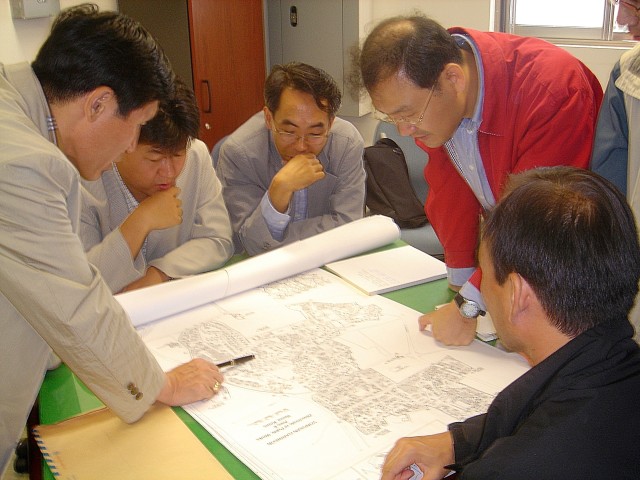

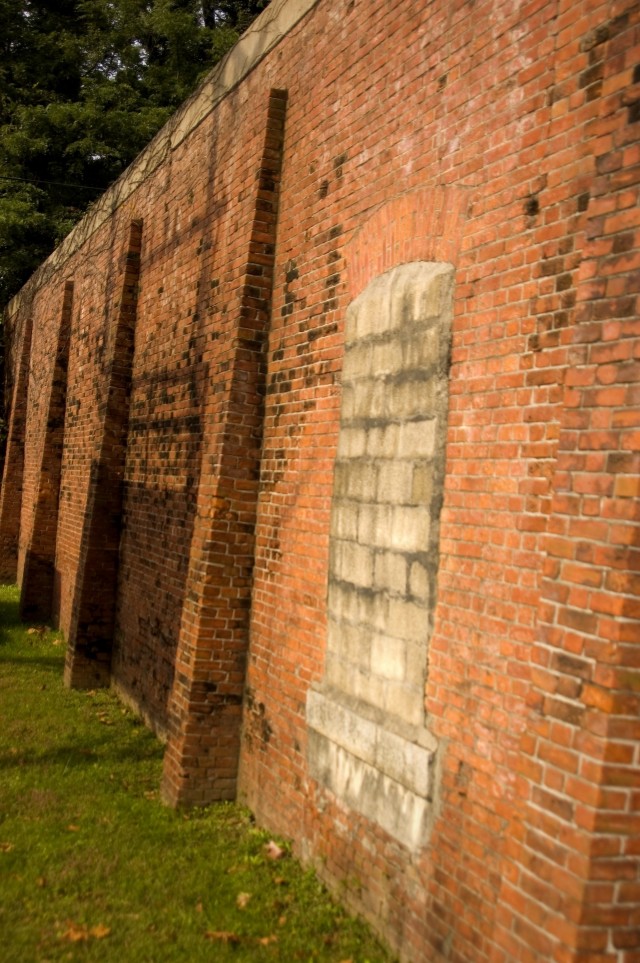





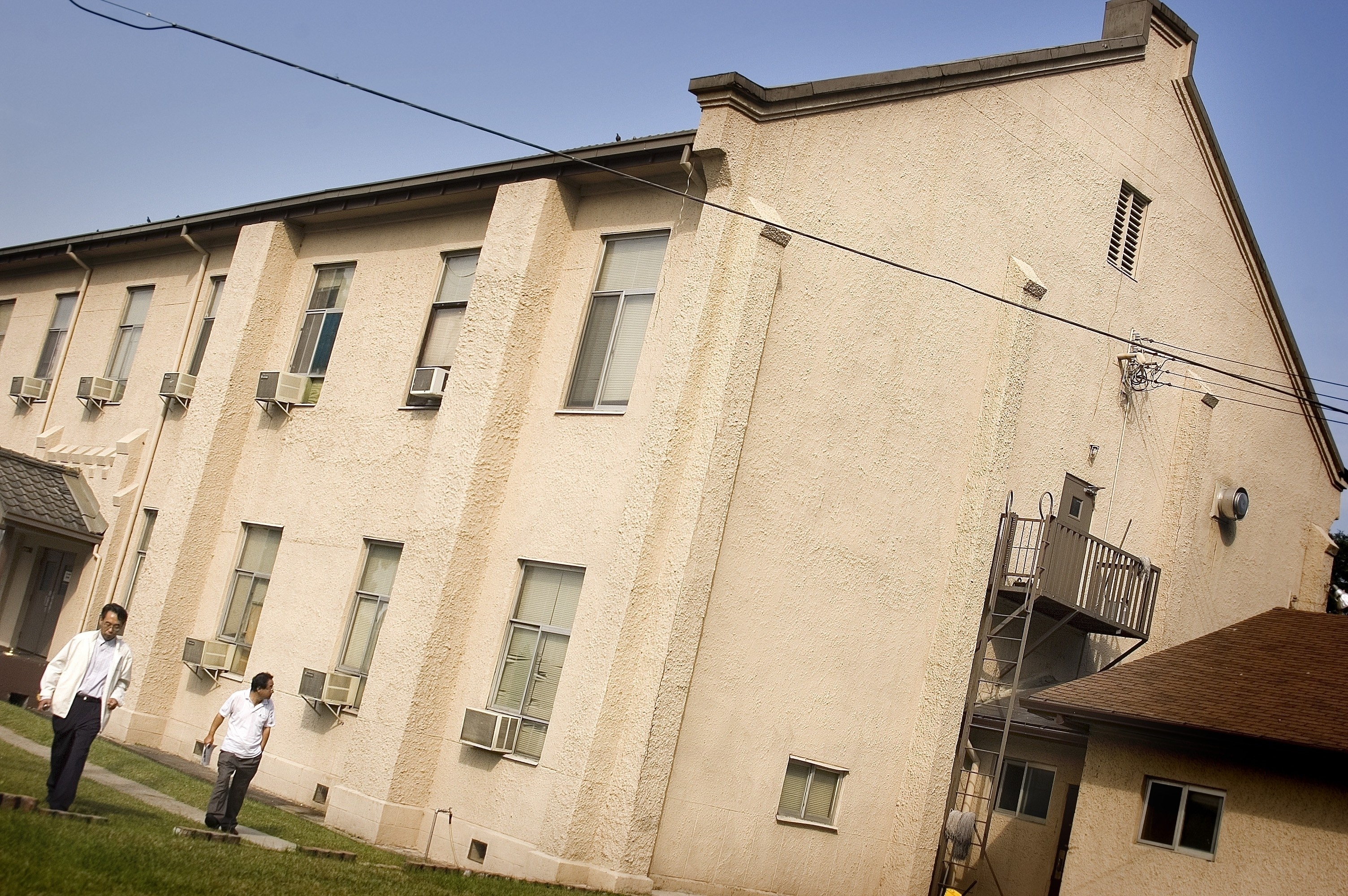
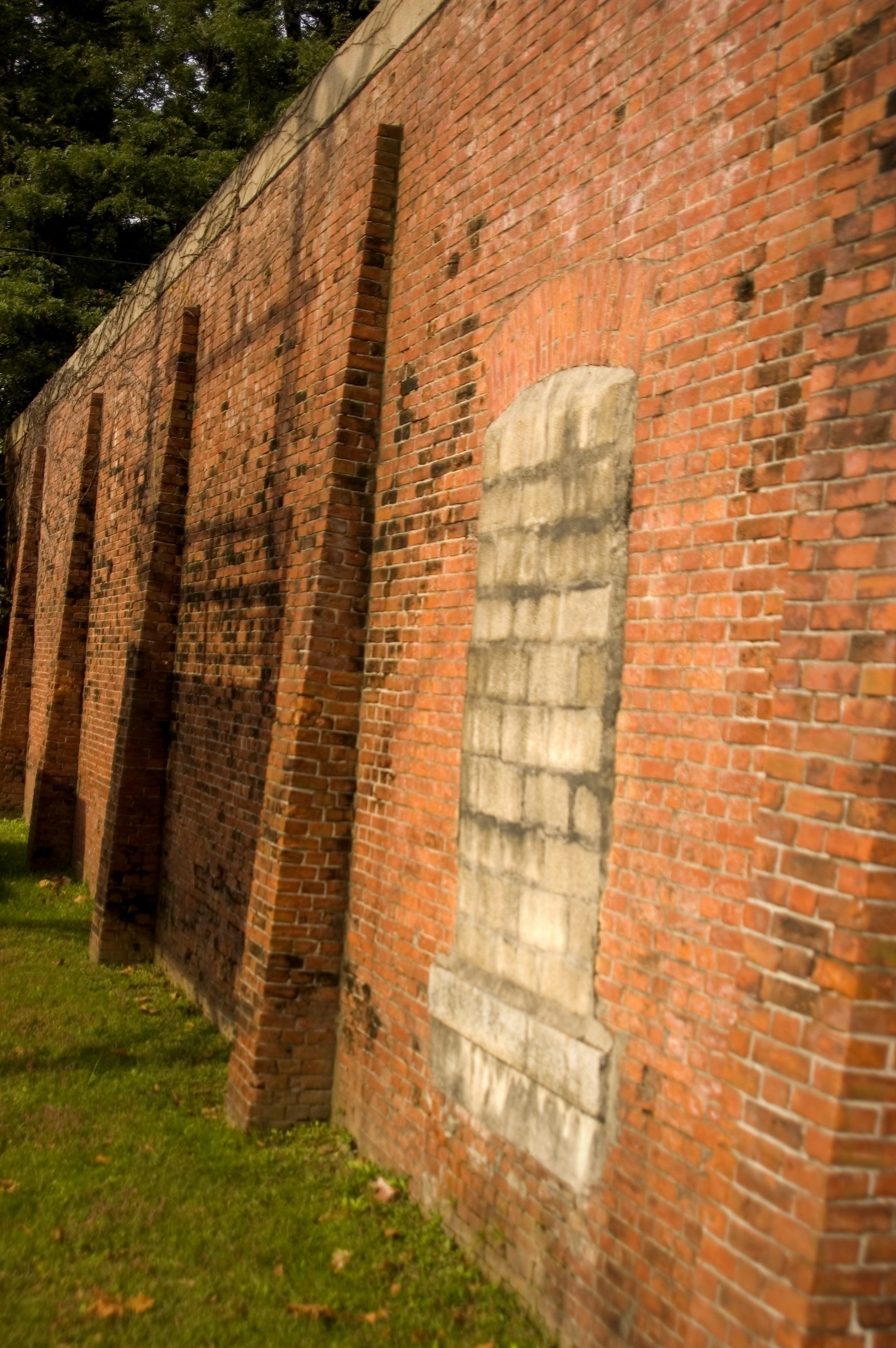
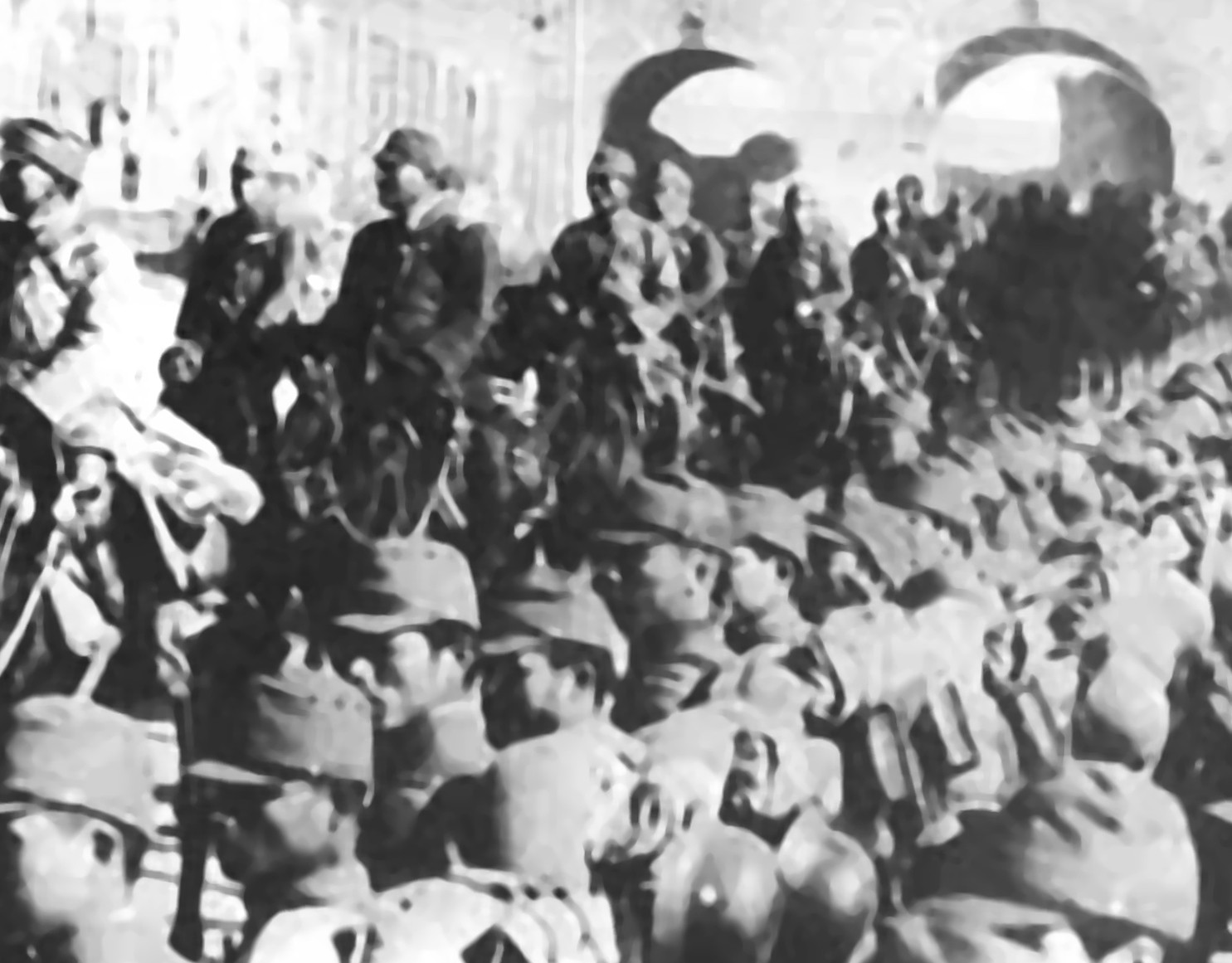



Social Sharing